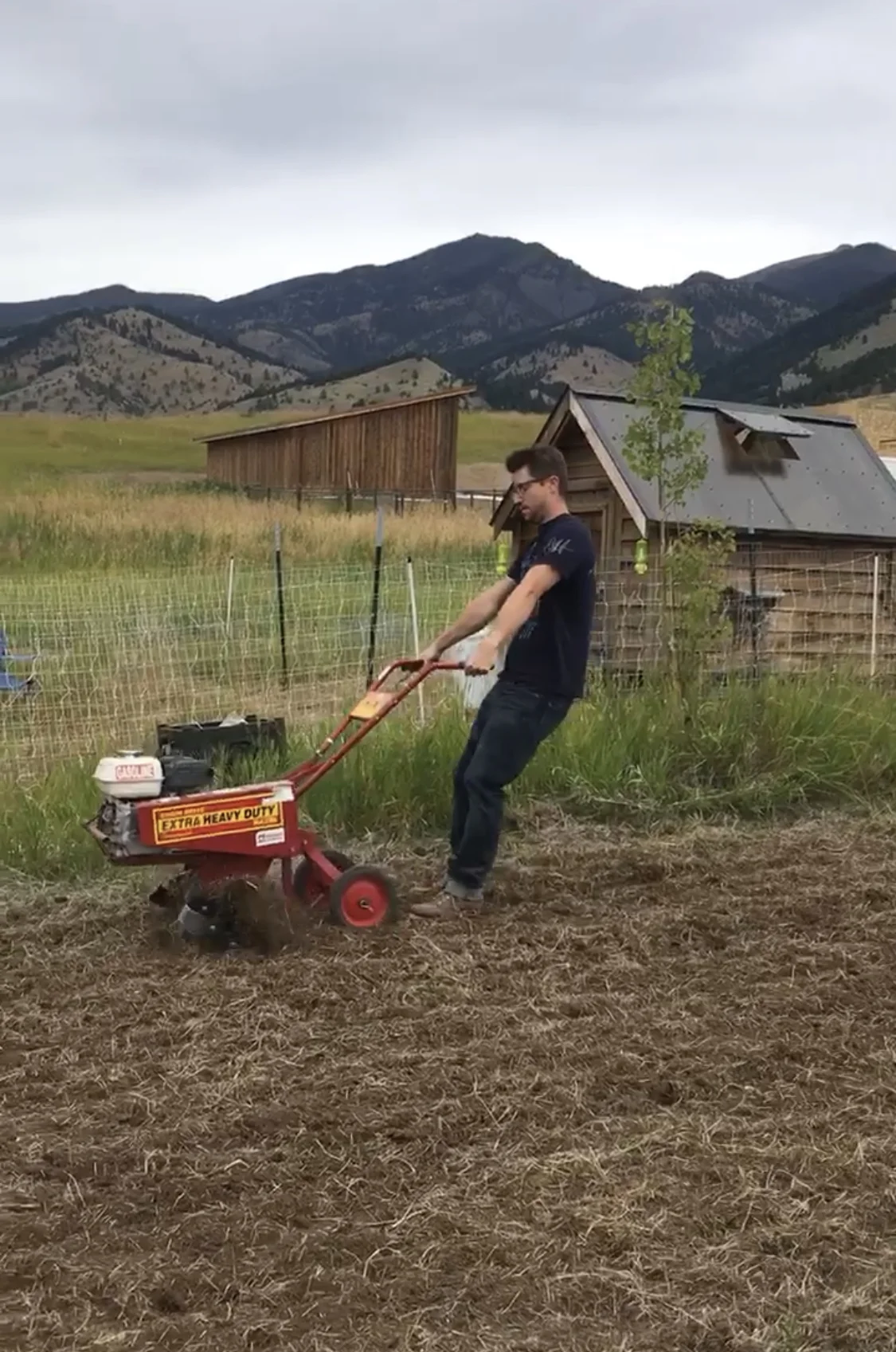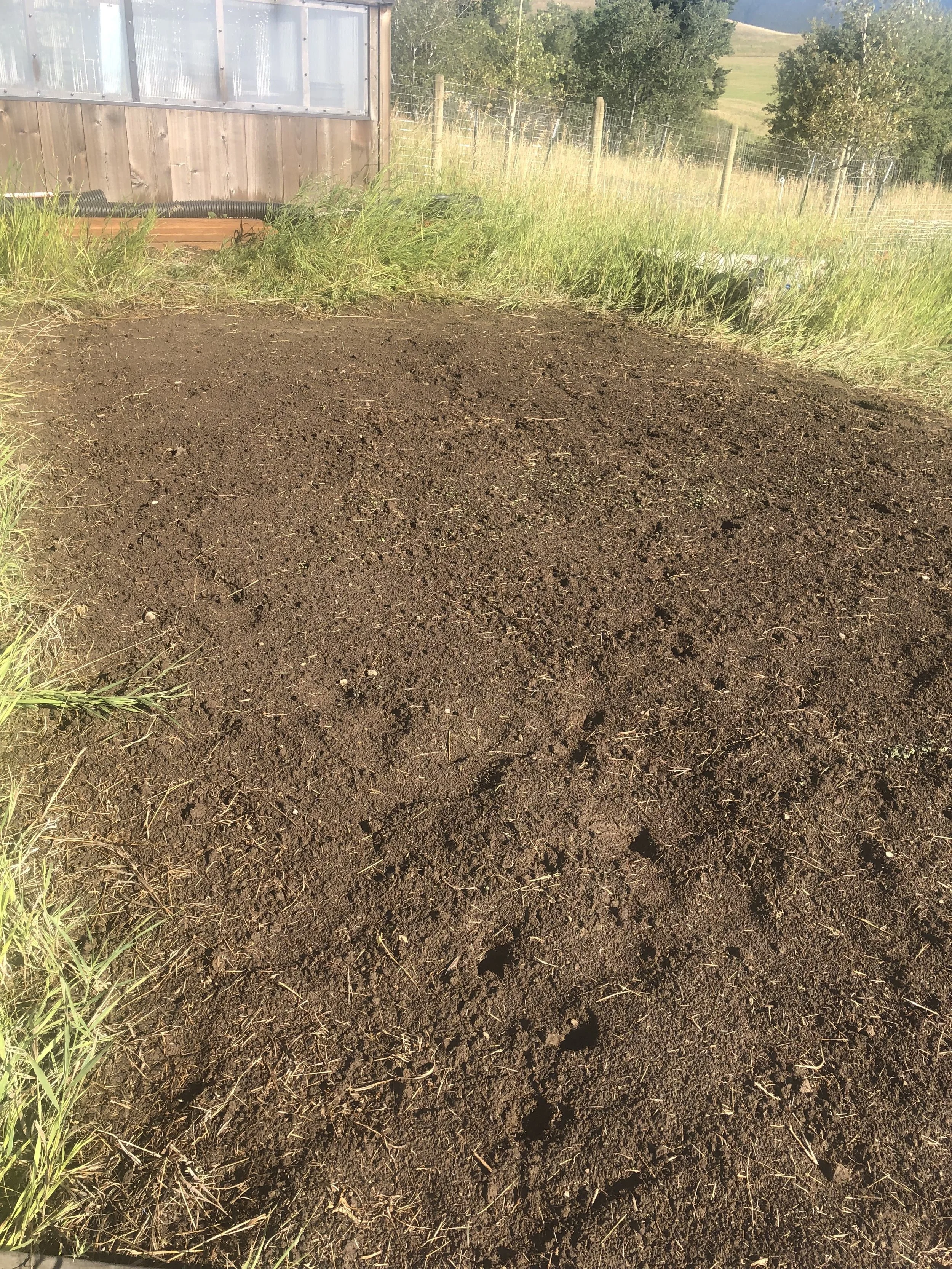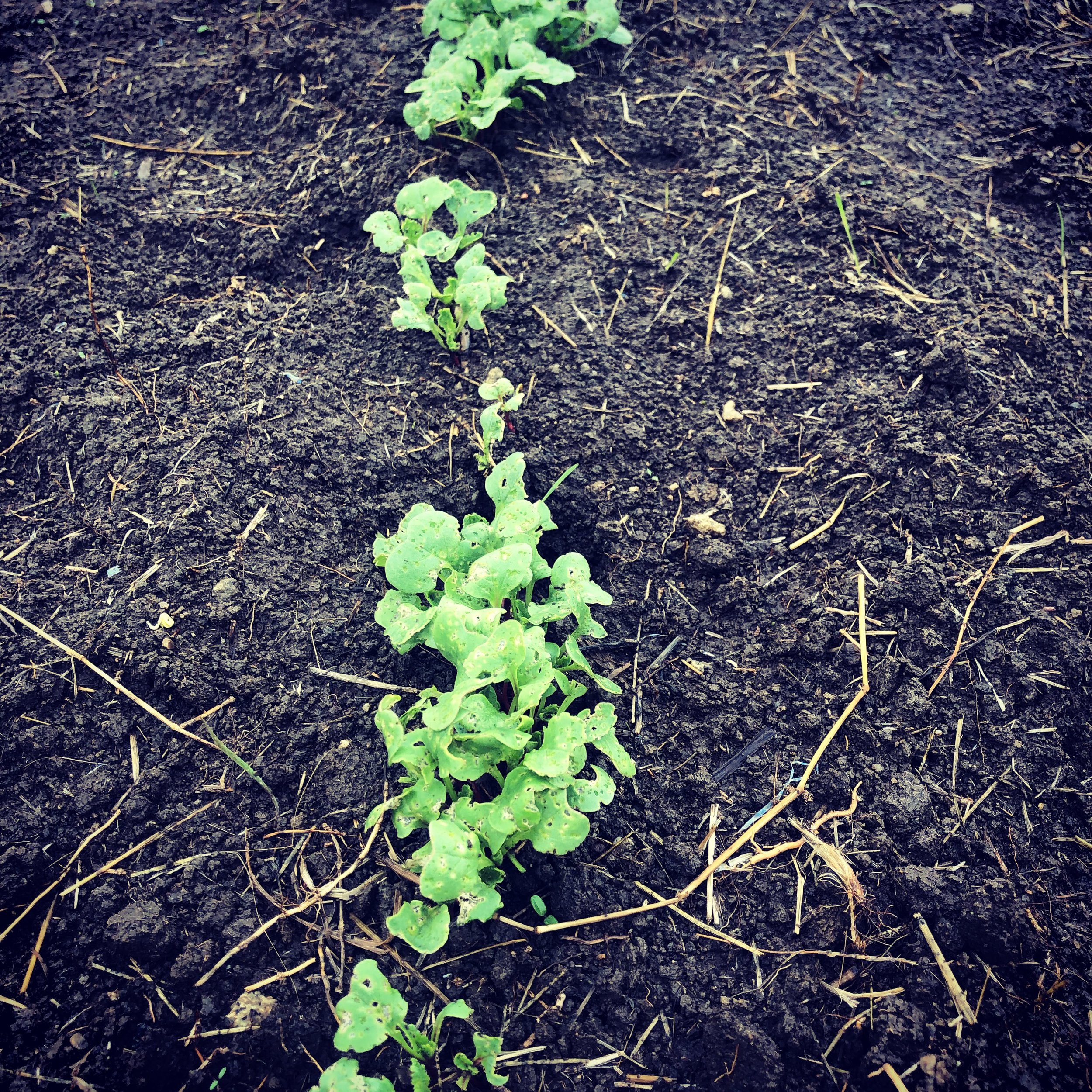James Gibbon's Outdoor Garden
Most gardens are well thought out and are typically tilled in the spring. This provides the longest growing season for the crops 🌱. This is especially important when you have a short growing season like we do in Montana. We have long winters ❄️ and short summers ☀️ and vegetables don’t grow too well in the snow…
…so we decided to till our outdoor garden and start planting in late August.
Does this make sense? Not really - but according to our research online, we have a decent shot at growing some vegetables 🌽 before our first winter snow ❄️.
Having little to no experience gardening, we went into this project completely blind. The only thing we did as preparation prior was tarp off some land to kill off the grass 🌱so it was ready to till and we did this in the spring. So we had our land picked out and ready to till and all we need at this point was a tiller. We looked up a local equipment rental company to rent our tiller.
There are 2 types of tillers. Front tine tillers and rear tine tillers. Both serve a purpose and are better at some things than the other.
Front Tine Tiller: Allow for closer tilling around obstacles and in small spaces. Their tines are positioned in front of the wheels, and the engine is mounted directly above the tines. ... They generally cost less than a rear tine tiller of similar size and power.
Rear Tine Tillers:: are good for larger, open garden areas.
Given our garden area 🌾was fairly small with tight areas to till, we went with the Front End Tiller. We rented the tiller, loaded it in the truck 🚙 and headed back to our farm. We got it unloaded and fired up the engine and instantly started tilling. The tiller seemed extremely hard to control and was an intense workout as seen below.
James Gibbon
As you can see, I was holding onto the tiller for dear life 😂! It wasn’t until we were almost done tilling the plot of land that we finally realized we had failed to utilized the “depth bar” that digs into the ground and assist in the tilling process! Once we finally dropped the bar, the tiller ran extremely smoothly and the entire process was really simple and easy to operate.
So once we had our ground tilled it was time to plant 🌱. We went down to our local garden center, and purchased the best seeds to plant late in the season 🍁 which included mostly radishes, lettuce varieties, and kale. According to our research radishes are the fastest growing vegetable, so we planted ALOT of radishes. Below is a picture of our garden once we sowed all our seeds.
James Gibbon
For irrigation we ran a hose from our barn down to the garden plot and turn on the water for about 1-2 hours per day. This keeps water 💦 on the soil and helped our seeds germinate within the first 3-4 days. Each seed is different and so far our radishes are doing the best out of the bunch. A week or so later, we decided to try and build hoop houses 🏠 for the vegetables to help give them extra warmth 🌞 as we enter September. Below is a picture of what we built without the plastic on the hoops.
James Gibbon
Finally, 13 days later here is a picture of our radishes! Stay tuned for updates on our garden!
James Gibbon




